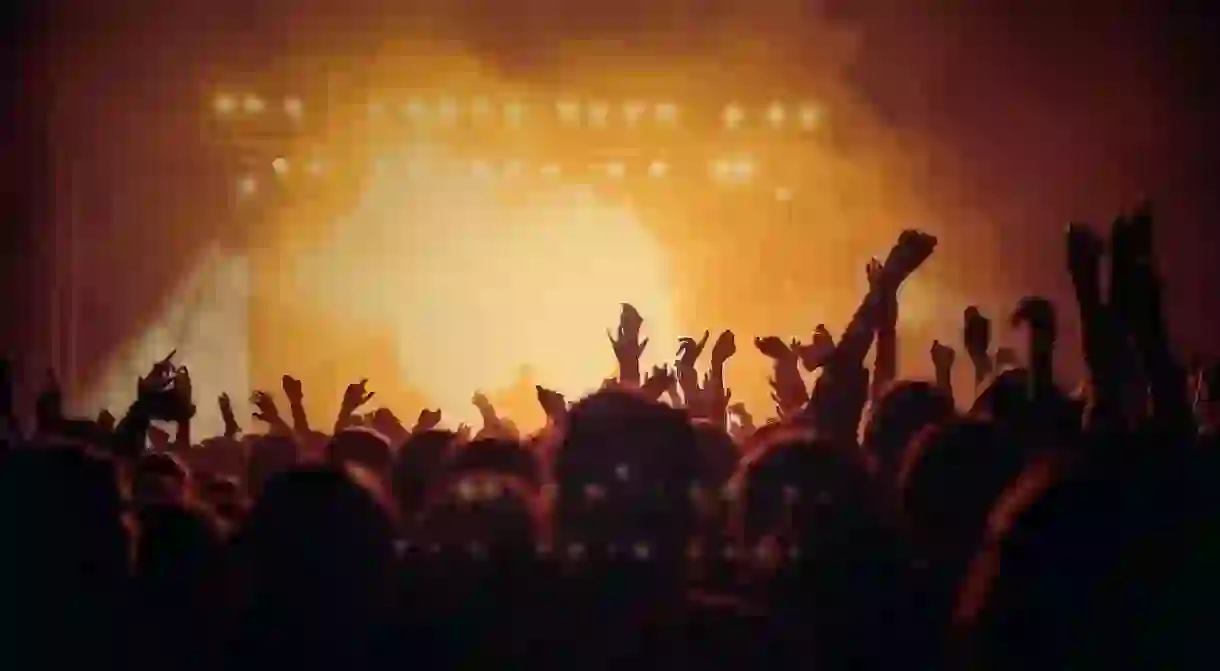Music Genres That Shaped Kenyan Music Through the Years

At the very core of each of the 43 Kenyan traditional cultures, irrespective of the tribe, there is a heritage of music –from the taarab of the coastal people to the mugithi of the Kikuyu community. It’s fascinating to see how popular music genres from across the world have influenced Kenyan music.
Lingala music from Congo
One of the major influences on Kenyan music from within the continent has been lingala, which is Congolese music. The lingala beat relies heavily on bass guitar and the melodious voices of several lead singers. The music is accompanied by dance styles that involve a lot of gyration, which is characteristic of traditional Congolese music. The lead singers are usually male.
This genre of music has played a huge role in shaping Kenyan music by introducing Kenyans to the beauty of live bands and the melody of a talented lead singer. The father of lingala, Franco Luambo Makiadi, born in the Congo, put this music on the world stage and his music still reigns supreme in Kenya. Bands like Wenge and Extra Musica and musicians like Koffi Olomide, Papa Wemba, and Fally Ipupa have kept the torch alive. As a result, Kenyan bands like the Maroon Commandoes have thrived by emulating the style and giving it a local touch. Even younger musicians like Sauti Sol have a heavy influence of lingala in their music.

Arabic music
Arabic influences are felt most on the coast of Kenya, because of their intense interactions with the locals during the time of the slave trade. As such, there are lasting influences that have remained in the region including religion, language (Arabic and Swahili), and of course the music. When it comes to music, taarab music has a lot of Al-Arabiya musical undertones, from the lilting sounds of the singer to the instruments and even the unique characteristic of sitting down to sing.
Leading taarab singers from Kenya include Malika, Zuhura Swaleh, and Juma Bhalo, who join the ranks of Zanzibar’s taarab stars like Siti Binti Saad. Interestingly, a lot of taarab singers like to feature the taishakoto (originally known as taishagoto) in their music composition. The taishakoto is a stringed instrument from Japan that has found a place in East African taarab with singers like Zuhura playing it themselves.

Reggae
It is almost unimaginable to have grown up without having been immersed in reggae tunes from artists such as Lucky Dube, Bob Marley, Peter Tosh, Burney Wailer, UB40, or Burning Spear. One of the first and biggest influences of reggae on the African continent, and Kenya in particular, is Alpha Blondie, the Ivorian reggae icon whose songs were socially and politically motivated. It was out of such influences that local Kenyan reggae artists such as the popular Necessary Noize and HardStone were born. The reggae influence is clear in their vibe, which is a fusion of hip-hop, reggae, and dance hall. This music is performed in a mixture of Swahili, English, and occasionally the mother tongue.
Although the band Neccesary Noize are no longer together, members of the band, such as Nazizi and Wyre, have graced the same stages with renowned artists such as Sean Paul, Jean Marley, and Andrew Tosh, to name just a few, giving more credence to the reggae movement in the country.

Hip-hop
American hip-hop has had a massive impact on the Kenyan music scene. Not only do you see hip-hop artists emblazoned on matatus (minibuses) in the country, this genre resonates deeply with the younger generation growing up in Nairobi. The hip-hop culture and beat easily took root in Kenya as the younger generation fell in love with the evocative, bouncy beat and lyrics of the late notorious B.I.G, Tupac, Jay-Z, Nas and, more recently, artists like Lil-Wayne, Tyga, and Future.
Kenyan hip-hop is mostly performed in sheng, the street slang popularly used by urban youth. Kenyan hip-hop artists include Kalamashaka, who were the first ever Kenyan artists to be featured on Channel O with their hit single “Fanya Mambo.” Other notable popular hip-hop artists in Kenya include Ukoo Fulani, Mau Mau, and Caligraph Jones. Even the emerging local music genres like kapuka and genge tend to borrow heavily from hip-hop, especially when it comes to dress and videos.

R&B
The cooing voices of legendary rhythm and blues artists such R. Kelly, Boyz II Men, Jodeci, Mariah Carey, Usher, Joe Thomas, and Toni Braxton have definitely left a mark on Kenyan millennials, just as they did on Generation X. In Kenya, like many parts of the world, the 90s were a golden era in music because of those R&B tunes and to date they still dominate a fair share of the radio airwaves in the country, with popular FM stations such as Classic 105 FM giving them a lot of airplay. Popular Kenyan artists with beautiful, soulful, captivating vocals churning out local R&B tunes include Eric Wainaina, Harry Kimani, and Kevin Mbugua. The fact that they sing their songs in the vernacular sometimes makes the music all the more exceptional.

Afropop
International pop has also shaped Kenyan music. Afropop, a sub genre of pop music in Kenya, is huge, with talented groups such as Sauti Sol churning out hits in this genre. Their brand of pop has garnered them a large following in the country and beyond. Sauti Sol are popular for their hit single “Sura Yako” and their album Live and Die in Africa.
In June of 2017 the first Afropop festival took place in Kenya, celebrating pop culture. During the festival, Kenyan pop dance was also showcased alongside the music. The Afropop movement has been shaped by talented twin brothers from Nigeria, P-Square, and South African greats Mafikizolo and Cassper Nyovest, among many others. Afropop incorporates nuances from each specific country, which makes the music popular with the local audience.














